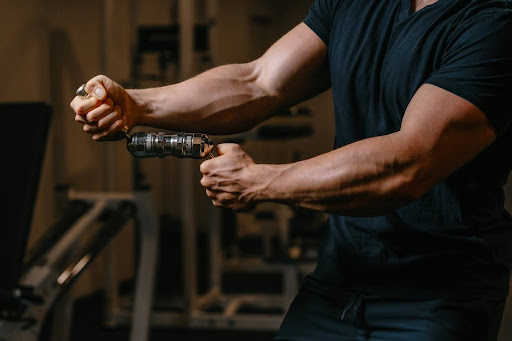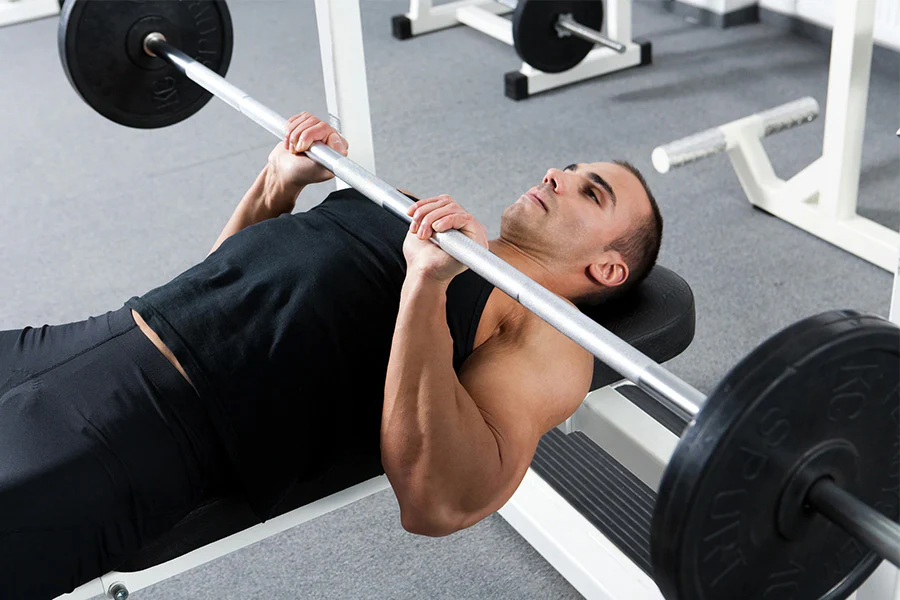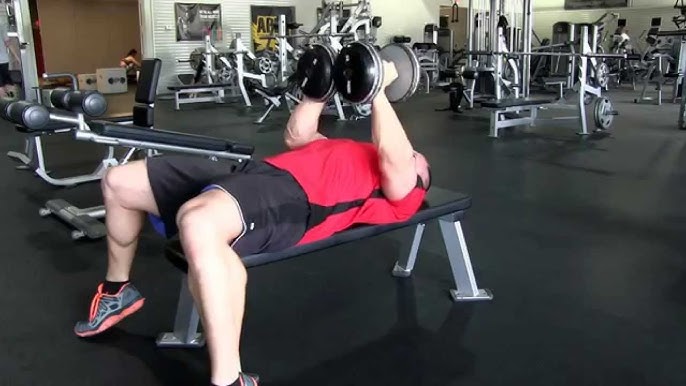Blog
8 Ingenious Ways Stronger Hands Can Prevent Common Gym Injuries

When most people think about avoiding injuries at the gym, they picture warm-ups, stretching, or good form. And sure, those matter a lot. But here’s something you might not have thought about: your grip strength.
Your hands are the first point of contact with weights, bars, and machines. If they’re weak, the rest of your body ends up paying the price. On the flip side, building strong hands and forearms not only makes you feel more powerful but also helps you stay injury-free in the gym.
Let’s talk about the 8 real ways stronger hands can keep you safer while training.
How Strong Hands Prevent Gym Injuries?
Here’s a list of the top 8 ways strong hands can help you prevent injuries in the gym:
1. Better Control Over Weights

One of the biggest reasons people get injured at the gym is losing control of the weight they’re lifting.
Think about it: if your grip slips while benching, deadlifting, or even doing pull-ups, it’s an instant recipe for trouble.
By improving grip strength, you gain way more control. That means fewer slips, smoother reps, and a much lower chance of straining your shoulders or lower back because of an unexpected drop.
Even adding a few minutes a day with a killer grip training tool can build the kind of hand power that keeps your lifts steady and safe.
2. Protects Your Wrists
Weak grip often forces your wrists into awkward angles, especially when lifting heavier weights.
This puts a lot of pressure on the tiny joints and tendons there, leading to sprains or tendonitis.
With stronger hands and forearms, your wrists stay more stable and aligned, taking pressure off those small joints.
Think of it as giving your wrists the backup support they’ve been missing.
3. Reduces Shoulder Strain
Here’s something surprising: your grip strength actually affects your shoulders.
When your hands can’t hold a weight properly, your shoulders jump in to compensate. Over time, that leads to tightness, strains, or even rotator cuff issues.
By strengthening your grip, your shoulders don’t need to overwork themselves. The weight stays where it should, and your upper body feels way more balanced.
4. Improves Barbell and Dumbbell Safety

How many times have you seen someone lose control of a barbell mid-rep? It’s scary and dangerous. Most of the time, the problem isn’t their arms or chest, it’s their grip.
A strong grip keeps dumbbells and barbells steady in your hands, so you can focus on your form and muscle engagement instead of worrying about dropping the weight.
That kind of confidence makes your workouts both safer and more effective.
5. Helps Prevent Elbow Pain
Ever felt that sharp ache near your elbow after lifting or doing pull-ups? That’s often linked to weak grip and forearms.
Your tendons around the elbow are heavily involved in gripping, and when they’re overworked from being weak, you get nagging pain.
By training your grip, you build stronger tendons and muscles in the forearm, which reduces strain on the elbow area. No more constant aches holding you back.
6. Supports Better Posture During Lifts

Good posture during workouts isn’t just about your back or core, it also depends on your hands.
If your grip slips, your form collapses. That means your spine, knees, or hips could take unnecessary stress.
When your grip is solid, you naturally hold weights more securely, keeping your posture tight from start to finish. That stability is key to avoiding long-term joint pain.
7. Lowers the Risk of Overcompensation
When your hands are weak, other muscles step in to help. The problem is, they’re not meant to carry that load. For example, if you can’t grip a bar properly, your biceps or lower back might try to do more work, which easily leads to strains.
A stronger grip means every muscle does the job it’s supposed to.
8. Makes Everyday Recovery Easier
Injuries don’t just happen in the gym, they also happen when you’re tired, sore, or recovering.
Simple tasks like carrying groceries or opening jars can aggravate weak muscles and joints.
When your grip is strong, recovery feels easier because your hands can handle daily tasks without stressing other parts of your body.
That means fewer setbacks and more consistent progress in the gym.
Wrapping Up
Grip strength might not be the flashiest part of fitness, but it’s one of the most important when it comes to injury prevention.
Stronger hands and forearms give you more control, more stability, and more confidence during every workout.
If you’ve been overlooking grip training, now’s the perfect time to start. Because at the end of the day, strong hands don’t just help you lift more, they help you lift longer, safer, and smarter.
